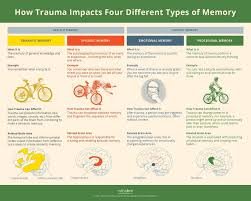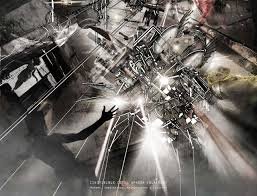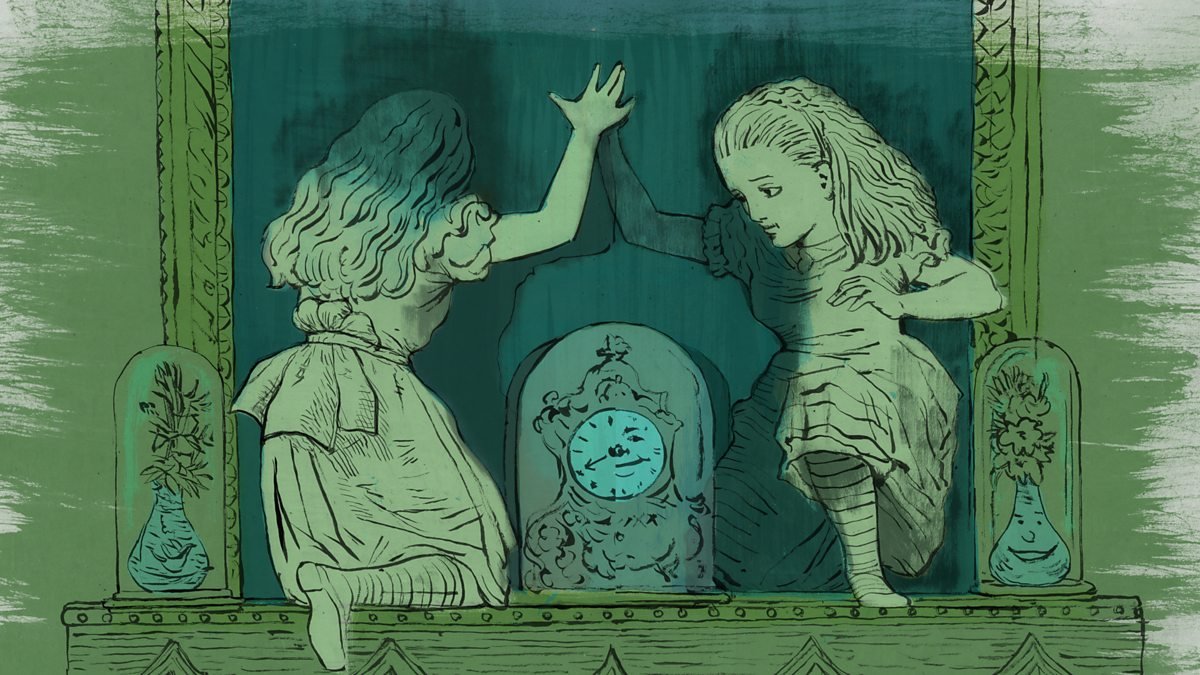Trauma is often conceived as an intimate psychological event — a wound within a single mind. Yet some traumas are too vast, too enduring, to belong to any one person. Genocide, war, slavery, colonization, forced displacement, and cultural erasure leave psychic scars that transcend generations. These events form what psychiatry increasingly refers to as collective trauma: the shared psychological and emotional injury experienced by a group, transmitted across time through memory, behavior, and identity.
Unlike individual trauma, collective trauma is not confined to the nervous system of one person; it becomes embedded in the cultural nervous system — the rituals, symbols, narratives, and silences of a society. The Holocaust, the Rwandan genocide, the transatlantic slave trade, the partition of India, or the annihilation of indigenous populations are not merely historical episodes; they are ongoing psychic presences that shape how communities understand suffering, justice, and belonging.
In psychiatry, this phenomenon challenges the very definition of trauma. Traditionally, trauma was understood as a discrete event that overwhelms an individual’s capacity to cope. But collective trauma operates at a different scale: it reshapes collective identity, alters intergenerational attachment patterns, and reconfigures the moral and emotional architecture of entire populations. It is a trauma without an end date, continually reenacted through memory, silence, and systemic structures.
From a neuropsychological standpoint, intergenerational transmission of trauma can occur through both psychosocial and epigenetic mechanisms. Parents who have experienced massive trauma often exhibit hypervigilance, anxiety, or emotional numbing — patterns unconsciously mirrored by their children. Studies of Holocaust survivors and their descendants reveal altered cortisol regulation and gene expression in stress-response systems, suggesting that trauma may literally imprint itself upon biology. Thus, memory is not only cultural but somatic — the body remembers what history cannot say.
Cultural memory serves as both a container and a carrier for collective trauma. Through memorials, literature, education, and oral storytelling, societies attempt to integrate catastrophe into a coherent narrative. When successful, these processes create what the psychoanalyst Dori Laub called a “witnessing culture” — a collective capacity to acknowledge and symbolize pain. When unsuccessful, repression and denial produce historical amnesia, leaving the trauma to fester beneath the surface as collective guilt, resentment, or aggression.
Psychiatry’s role in understanding collective trauma is twofold. Clinically, it must recognize how historical wounds manifest in present psychopathology. Descendants of victims or perpetrators may unconsciously carry the burdens of unprocessed history — guilt, shame, survivor’s envy, or inherited fear. Culturally, psychiatry must help societies move from denial toward mourning, from vengeance toward reconciliation. The therapeutic aim is not simply to “heal” but to remember with dignity, to transform pain into moral and emotional growth.
The emergence of cultural psychiatry and trauma-informed social policy reflects this shift. Healing collective trauma requires more than individual therapy; it demands communal rituals of truth-telling, justice, and symbolic repair. Practices such as South Africa’s Truth and Reconciliation Commission, Rwanda’s Gacaca courts, or post-Holocaust remembrance education represent efforts to integrate moral accountability into the healing process. These are not merely political acts — they are collective psychotherapies, attempts to restore coherence to the social psyche.
Yet there is a paradox at the heart of collective trauma: the very act of remembering can reopen the wound. Memory preserves pain; forgetting risks repetition. As philosopher Paul Ricoeur observed, societies must navigate between the duty to remember and the right to forget. Too much remembrance ossifies identity around victimhood; too little erases history’s moral lessons. The goal, therefore, is not erasure or fixation, but transformation — converting suffering into collective wisdom.
In the digital age, new forms of cultural memory are emerging. Social media, virtual memorials, and global activism allow trauma narratives to circulate faster than ever before. This democratization of remembrance has both therapeutic and destabilizing effects: it amplifies empathy but also risks constant retraumatization through exposure. The future of psychiatry may depend on developing ethical frameworks for how societies process trauma in the hyperconnected world — how to remember collectively without drowning in shared pain.
Ultimately, collective trauma reveals that psychiatry cannot remain confined to the clinic. The human mind is not an isolated organ but a node in a vast historical and cultural network. Healing trauma, therefore, is not only a matter of neurotransmitters and therapy sessions — it is an act of moral reconstruction, of helping societies rediscover meaning after the unimaginable. The psychiatrist, in this light, becomes both clinician and historian of the soul — a witness to the invisible continuity between personal suffering and the wounds of civilization.






